
Haumietikitiki associated with uncultivated food, e.g., fern roots and shoots, berries with qualities of wild, natural provision.
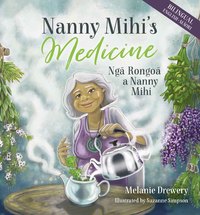
“Nanny Mihi’s Medicine – Ngā rongoā a Nanny Mihi ” by Melanie Drewery helped inspire tamariki to learn about plants used to support hauora.
Working on the learning and action around rongoā has been a whole community effort with advice from Māori whānau and support on where to source various plants locally. Tamariki spent time learning about rongoā Māori through planting and caring for the garden and with their favourite book, “Nanny Mihi’s Medicine – Ngā rongoā a Nanny Mihi”.
Tamariki have made 4 batches of kawakawa balm over the past two terms, including a collaboration with Kimbolton School. Tamariki are now very familiar with the process of creating balm and utilise it with their whānau at home. Some of the balm has been shared with families, some gifted as koha, and some sold as a fundraiser within their rural community.
Tamariki are learning the benefits of rongoā for physical well-being – taha tinana as they have planted, cared for and harvested from the rongoā garden. They have learnt about Haumietiketike and Rongomātāne, the Atua of planting and harvesting and the process of creating balm. The tamariki are also creating a class book about the plants they have nurtured in the rongoā garden, including pressed flora samples.
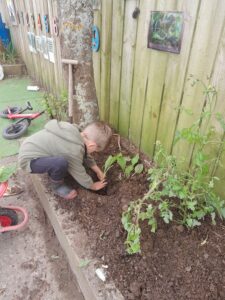
Careful planting of pārerarera (plantain) and pūhā (sowthistle) in the rongoā garden.
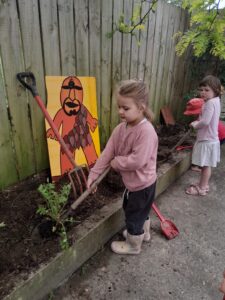
The gardeners at work.
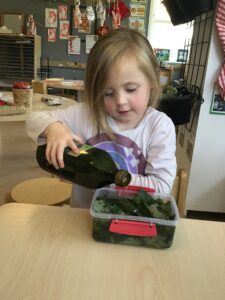
Careful pouring.

Choosing the right leaves.
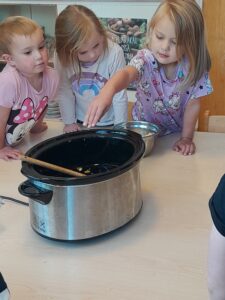
An extra sprinkle of wax.
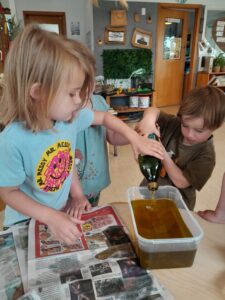
Cooperation.
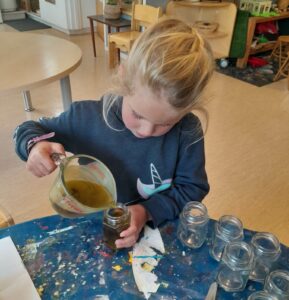
Bottling up the balm.

The planted garden, complete with labels along the fence.

The kawakawa balm ready to be gifted or sold.